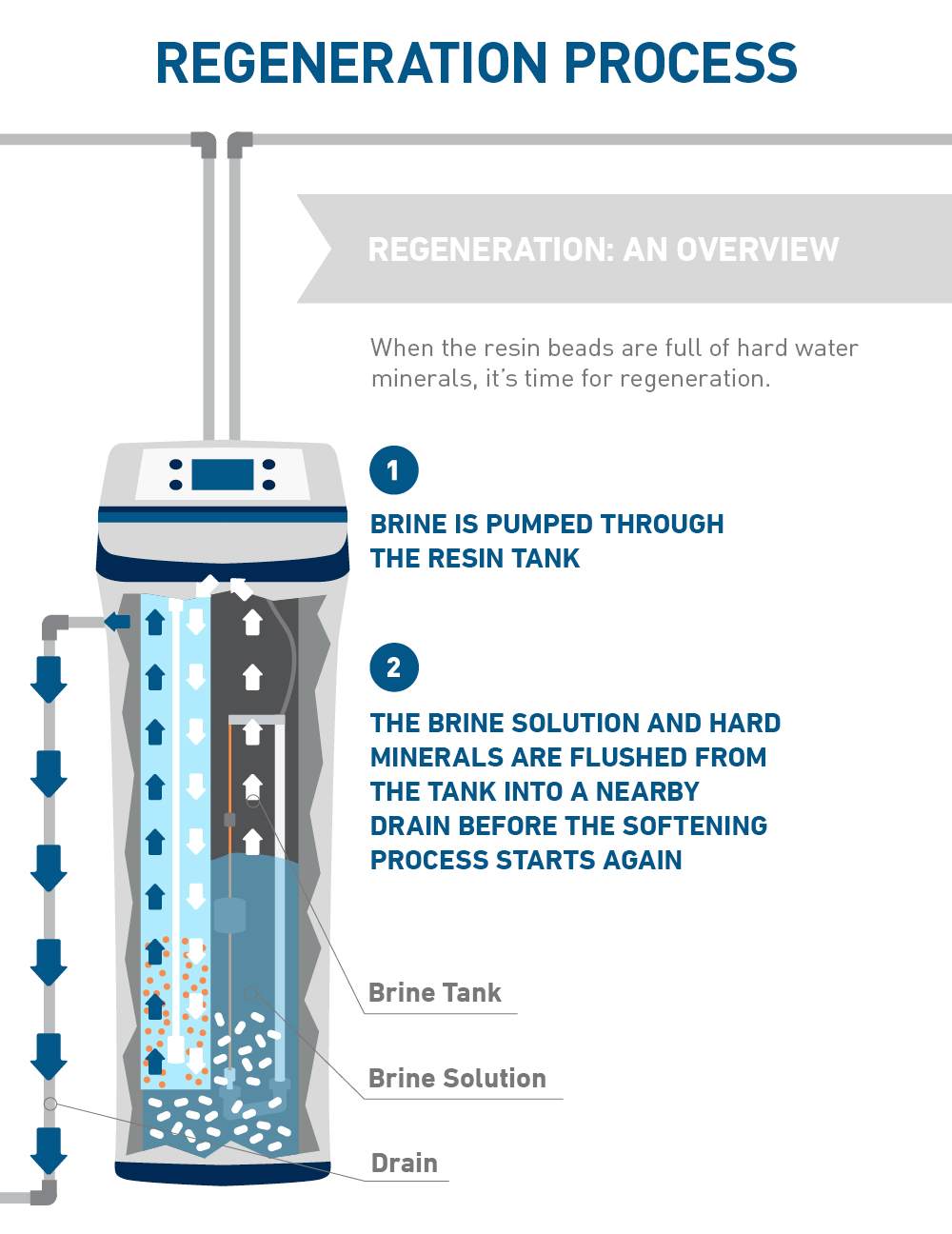Water Softening and TDS Levels Understanding the Impact

Does softening your water affect its TDS levels? This is a common question for homeowners concerned about water quality. Understanding the relationship between water softening and Total Dissolved Solids (TDS) is crucial for making informed decisions about your home water treatment. Let's dive into the dynamics of water softening and its impact on TDS.
Many believe softened water automatically means higher TDS. However, the reality is more nuanced. Water softening primarily exchanges hardness minerals like calcium and magnesium for sodium or potassium ions. This exchange can slightly alter the TDS reading, but it doesn't necessarily increase it significantly. The impact depends on the initial water hardness and the type of softener used.
The confusion surrounding TDS and water softening stems from how TDS meters work. These devices measure the conductivity of water, which is influenced by the presence of charged ions. Since both hardness minerals and the ions used in softening contribute to conductivity, a change in either can affect the TDS reading. It's important to remember that TDS is a general measure of dissolved solids and doesn't distinguish between beneficial and harmful substances.
Considering the impact of softened water on TDS levels is an important aspect of managing overall water quality. While softening can improve the feel and performance of water in your home, it's vital to understand the potential implications for TDS and address any concerns proactively.
So, the question remains: does water softening elevate TDS? The answer isn't a simple yes or no. While the ion exchange process in softening can influence TDS readings, it doesn't necessarily lead to a substantial increase. The initial water hardness, the type of softener, and the specific minerals present all play a role in determining the overall impact on TDS.
The origin of this concern likely stems from the early days of water softening when less efficient systems and higher sodium concentrations were common. Modern softeners are significantly more refined, using less sodium and providing more precise control over the softening process.
TDS measurement is an important aspect of water quality assessment. Understanding how water softening impacts TDS allows you to make informed decisions about water treatment options. While high TDS isn't always harmful, it can indicate the presence of unwanted contaminants.
One benefit of understanding TDS in softened water is the ability to optimize your softening system. Regularly testing TDS can help you adjust the softener settings to ensure optimal performance and minimize unnecessary sodium addition.
Another benefit is improved awareness of overall water quality. By monitoring TDS, you can identify potential issues beyond hardness, such as elevated levels of other dissolved substances, and take appropriate action.
Advantages and Disadvantages of Water Softening
| Advantages | Disadvantages |
|---|---|
| Reduced scale buildup in pipes and appliances | Potential slight increase in sodium content |
| Improved lathering and cleaning efficiency of soaps and detergents | Need for regular maintenance and salt replenishment |
Frequently Asked Questions:
1. Does water softening remove all TDS? No, softening primarily targets hardness minerals.
2. Can softened water increase sodium levels? Yes, softening exchanges hardness minerals for sodium.
3. Is high TDS in softened water harmful? Not always, but it warrants further investigation.
4. How can I reduce TDS in softened water? Consider using a reverse osmosis system in conjunction with a softener.
5. Should I test TDS before and after softening? Yes, this provides valuable insights into the impact of softening.
6. What is a desirable TDS level for softened water? There is no single ideal level; it depends on individual preferences and water quality goals.
7. Can I drink softened water? Generally, yes, but those on sodium-restricted diets should consult a doctor.
8. How often should I check my softener's salt level? Check it monthly and refill as needed.
Tips for managing TDS in softened water include regular testing, adjusting softener settings, and considering additional filtration methods if needed. For example, a reverse osmosis system can effectively reduce TDS after the softening process.
In conclusion, understanding the relationship between water softening and TDS is essential for optimizing your home's water quality. While softening can slightly alter TDS, it doesn't necessarily cause a drastic increase. By monitoring TDS levels, understanding the factors influencing them, and implementing appropriate strategies, you can enjoy the benefits of softened water while managing TDS effectively. This knowledge empowers you to make informed decisions about your water treatment needs and ensure access to clean, healthy water for your family. Regularly testing your water, understanding the specifics of your water source, and consulting with water treatment professionals can provide personalized solutions for maintaining optimal water quality in your home. Take control of your water and experience the difference of informed water management.
Bridging the distance surprise gifts for your long distance boyfriend
Troubleshoot your boat lift find electric boat lift motor repair near you
Rev up your ride finding the best powersports deals nearby













